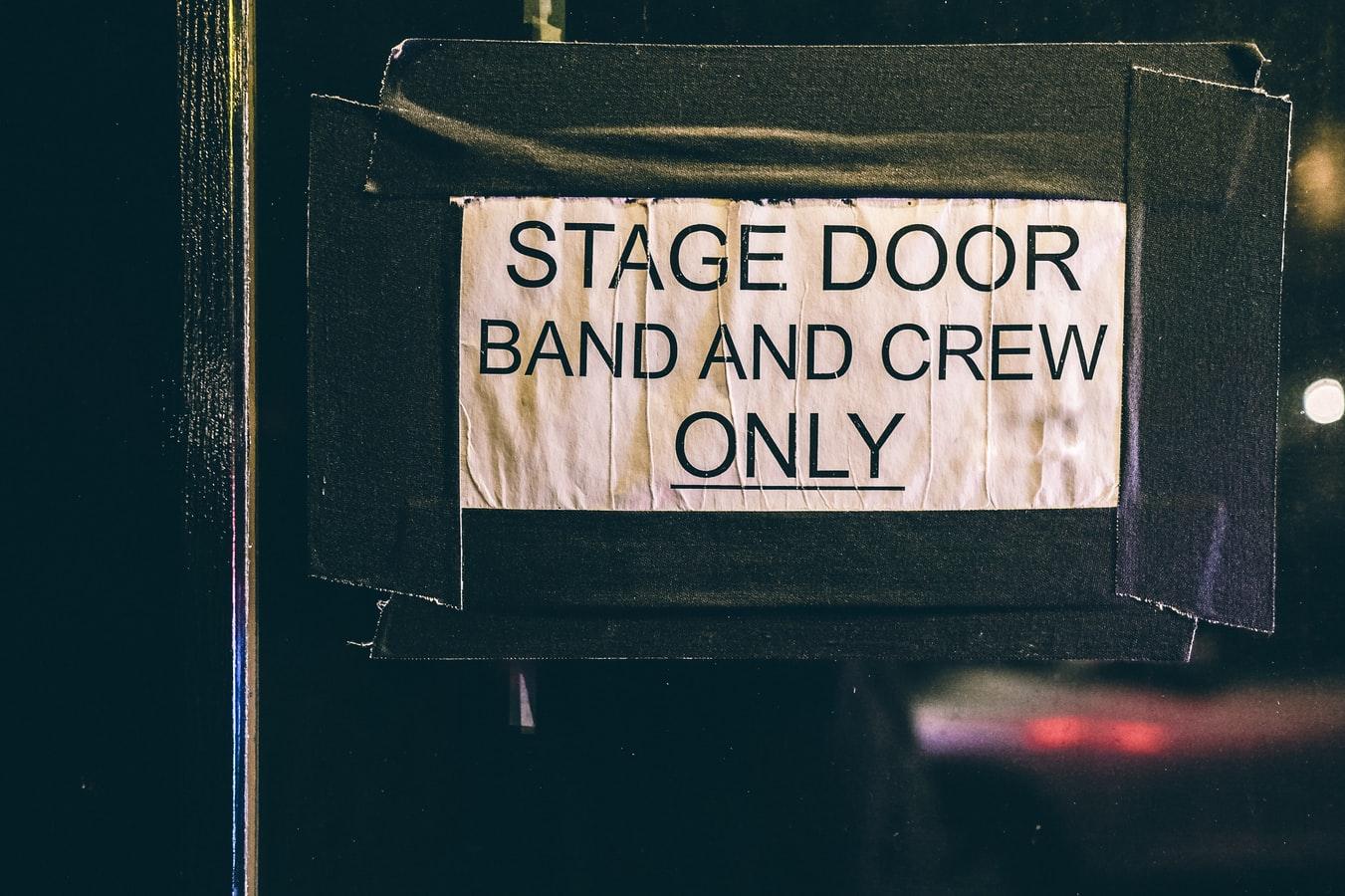
Whether you’re a venue manager or a part of the staff, you actually have a duty to give your attendees the best possible event when it comes to crowd management. This isn’t just crucial for the safety of the guests and staff, but it’s also key to minimizing any potential complaints that might lead to poor reviews.
Therefore, crowd control management should be done carefully, without skipping any steps, and without doing things halfheartedly. But, what are some key things to know when it comes to crowd control? When should you roll out the red carpet? And how to keep your guests safe and sound at any event? Let’s find out.
First of all – what is crowd control?
Crowd control, as its name indicates, is a public security practice where you need to manage large crowds and prevent them from crowd crushes and other incidents. Effective crowd management is all about managing both things you can expect and those you can’t. It can involve private security, it can involve local authorities, and is often used at large, public events such as festivals, fairs, stadiums, etc.

Now that you know what crowd control is, let’s take a look at a few things that might be pretty helpful when it comes to planning your next event.
You’ll want to plan things out really, really well
As with many things in life, planning is key when it comes to crowd control. The first thing is to develop your event’s goals and objectives. What do you want to give your attendees? Then, organize a team and let everyone know what they should be doing and what their responsibilities are. Gather all team leaders and managers and give them responsibilities.
Look at the venue, and see how you’re going to do things. Make sure you have a good layout, one that’s thought out and won’t cause any issues for your crowd. When you’re thinking about the venue, consider that it’s not just on the inside, but you’ll have guests queuing outside, too. Do you have enough room for them?
While we’re discussing the crowd, you should get to know them. The event type largely dictates the crowd you’re going to have, and the crowd dictates the things you’ll need to do when it comes to crowd management. For example, the crowd at a rock concert will behave differently to the crowd at an academic gathering, and you should be ready for them.
How do you do crowd control?
For the event, you’ll want plenty of ushers and security. Whether the security personnel is provided by the venue or is hired from a third party, you should have them ready for the event. You will also want an easy way to find an info station – this will ensure that guests head there for questions instead of flagging down a potentially busy staff member.
You should also make sure to have ushers who will be responsible for services that are customer-related. Whether that’s showing attendees where to go, or escorting guests to their respective seats, have someone that does this.
The venue itself should be well organized, too. The key here is to have plenty of signage, as well as alternative routes to key areas. You may want to consider giving the attendees Event Wristbands when they enter the facilities.
This way you can clearly distinguish things such as categorizing tickets for stalls, standing, etc. Your attendees will be navigating through a venue that’s going to be crowded, possibly dark, and there’s a big chance they’ve never stepped afoot there. You should do your best for them to be able to easily find their way around it.

Have plenty of signs, ones that point to registration queues, ones that direct you to the nearest restroom, designated smoking areas, etc. This will ensure that your ushers and security don’t get bombarded with questions as to where to go for certain activities – the signs will take care of that. The signs should also be large and easy to read from further away.
When it comes to alternative routes, this is a good way to dilute the crowd and make sure not all of them are headed to a place via the same route. Multiple routes give them choice and make things less crowded if you’re tight with space.
You should make sure you understand your crowd
Depending on the event itself, especially what type of event it is, you will have a varying number of attendees. While some events are pretty predictable, others can vary quite a bit depending on the weather, or any holidays surrounding it, or even special attractions.
You can base your estimates on a few things. The first, and easiest one, is to base them on the previous turnout. See how your previous events that are similar (or identical) went, and use that as a baseline. Another option, if this is your first event of the kind, is to see other similar events and their turnout. And last but not least, you can use your advance ticket sales to predict how many people you’ll have.
When planning, make sure you keep the capacity in mind, not just for the people inside, but for the ones outside that are queuing to get in. If you do believe the event may exceed the capacity of the venue, you should always have a contingency plan that would manage the extra crowd. Make sure you have a site that’s accessible for everyone, and that you have facilities and safe-travel routes for children and people in wheelchairs.
An emergency plan is important
The last thing to know about crowd control management is that you should always, always have a plan for the worst-case scenario. Organizing an event is no easy task, and there are plenty of things that can go wrong. Whether the weather changes or you have a fire breakout, you should be ready for everything.
If you’ve got all the above nailed, you should have no problems during the event. It’s still smart to review everything afterward and see where you could improve, but for now, this should have you sorted.
Read Also:




























